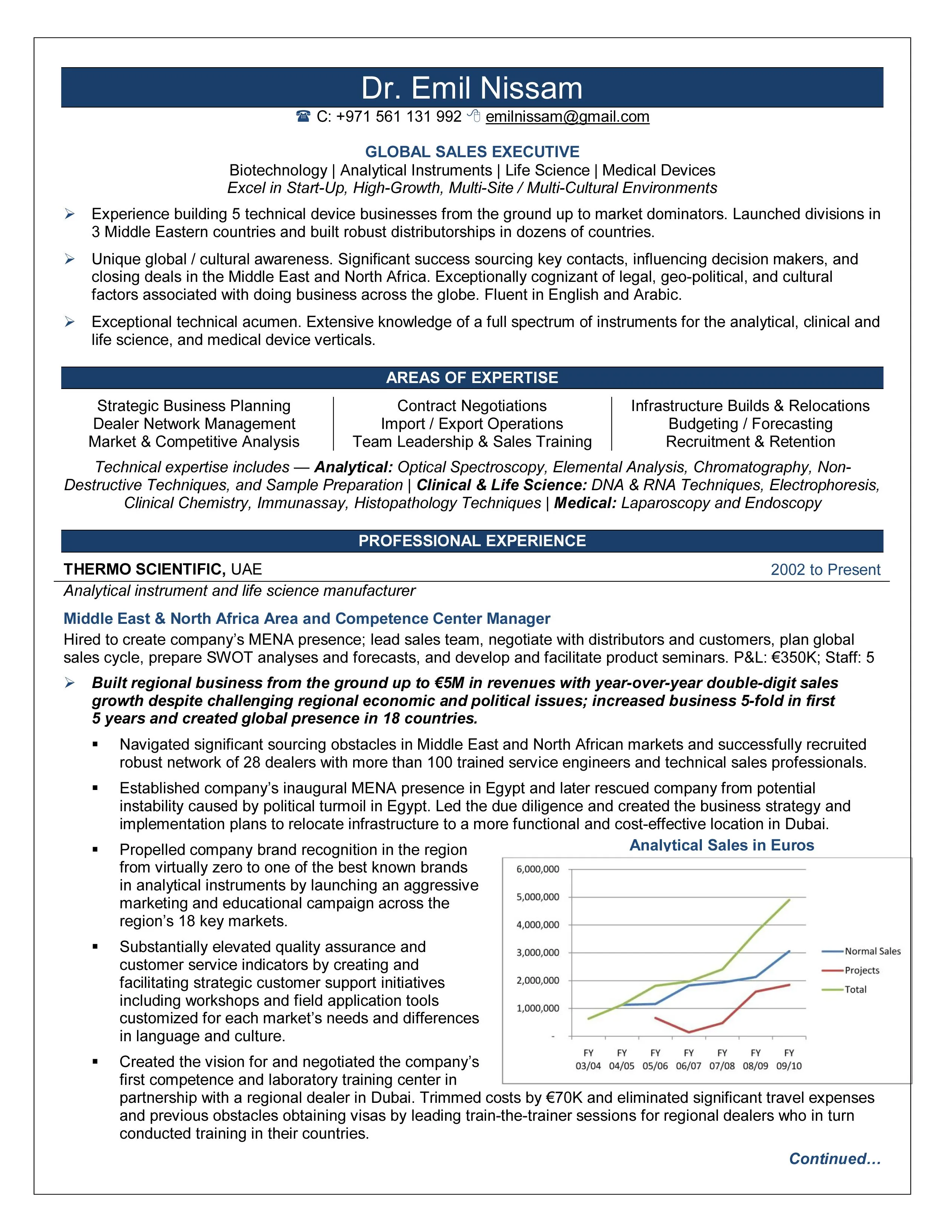Understanding the Healthcare Executive Cover Letter
A healthcare executive cover letter is a crucial document that accompanies your resume when applying for leadership positions in the healthcare industry. It serves as your first introduction to a potential employer, providing an opportunity to showcase your skills, experience, and personality. Unlike a resume, which presents a factual overview of your career, the cover letter allows you to tell a story, demonstrating your enthusiasm for the role and your understanding of the organization’s needs. A well-crafted cover letter can significantly increase your chances of securing an interview, while a poorly written one can lead to your application being overlooked. This guide will walk you through the essential components of an effective healthcare executive cover letter, ensuring you make a strong impression.
Purpose and Importance of a Cover Letter
The primary purpose of a cover letter is to highlight why you are the ideal candidate for the specific healthcare executive position. It allows you to elaborate on your resume, providing context to your accomplishments and demonstrating how your skills align with the job requirements and the organization’s goals. A cover letter is important because it helps you to stand out from other applicants. In a competitive job market, where many candidates possess similar qualifications, a well-written cover letter can be the deciding factor. It also provides an opportunity to showcase your communication skills and express your genuine interest in the role and the organization.
Key Components of a Healthcare Executive Cover Letter
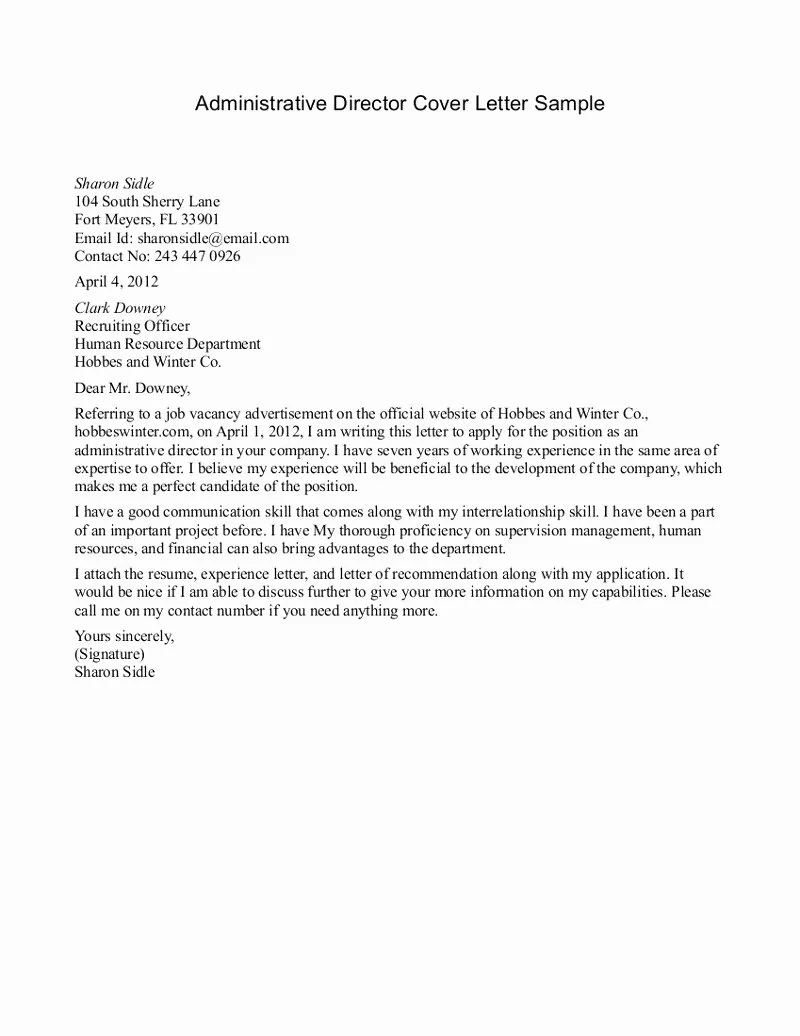
A comprehensive healthcare executive cover letter should include several key components to effectively communicate your qualifications and enthusiasm. Each section plays a vital role in conveying your suitability for the position and making a positive impression on the hiring manager. Carefully crafting each component will ensure that your cover letter is clear, concise, and compelling.
Contact Information and Salutation
Begin your cover letter with your full name, address, phone number, and email address. This information should be clearly displayed at the top of the document. If possible, address the hiring manager by name. Researching the name of the hiring manager can demonstrate your attention to detail and your genuine interest in the position. If you are unable to find the hiring manager’s name, use a professional salutation such as ‘Dear Hiring Manager’.
Personalized Opening and Hook
The opening paragraph is your opportunity to grab the reader’s attention. Start with a strong hook that immediately conveys your interest in the position and the organization. You can mention where you saw the job posting and briefly state why you are excited about the opportunity. Avoid generic opening statements and instead, tailor your introduction to reflect your understanding of the company’s mission and values. This personalization demonstrates your proactive approach and dedication.
Highlighting Relevant Skills and Experience
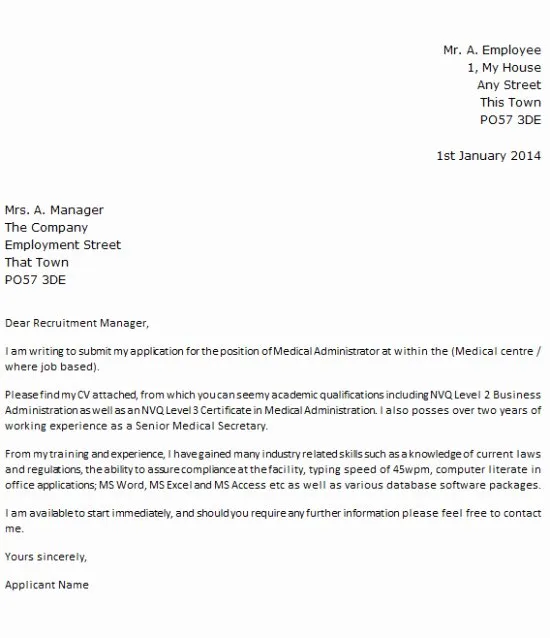
In the body of your cover letter, highlight the skills and experiences that are most relevant to the job description. Focus on the key requirements outlined by the employer and explain how your qualifications align with their needs. Provide specific examples of your accomplishments, using the STAR method (Situation, Task, Action, Result) to showcase your contributions in previous roles. This provides concrete evidence of your ability to succeed in the position.
Quantifiable Achievements and Results
Healthcare executives often make decisions that impact their organization. Use quantifiable data to demonstrate the impact of your contributions. Instead of simply stating you improved patient satisfaction, provide the percentage increase you achieved. Quantifiable results are more convincing and show your ability to drive positive outcomes. Use numbers to showcase the results, such as increased revenue, cost savings, or improved patient outcomes. Show them, don’t tell them.
Demonstrating Leadership and Impact
As a healthcare executive, you’ll be expected to have leadership skills. Clearly demonstrate your leadership abilities by providing specific examples of how you have led teams, managed projects, and made strategic decisions that have positively impacted your previous organizations. Highlight your ability to motivate and influence others, and mention any specific leadership training or certifications you possess. Show how you have inspired your teams. This information demonstrates your leadership capabilities.
Addressing the Employer’s Needs
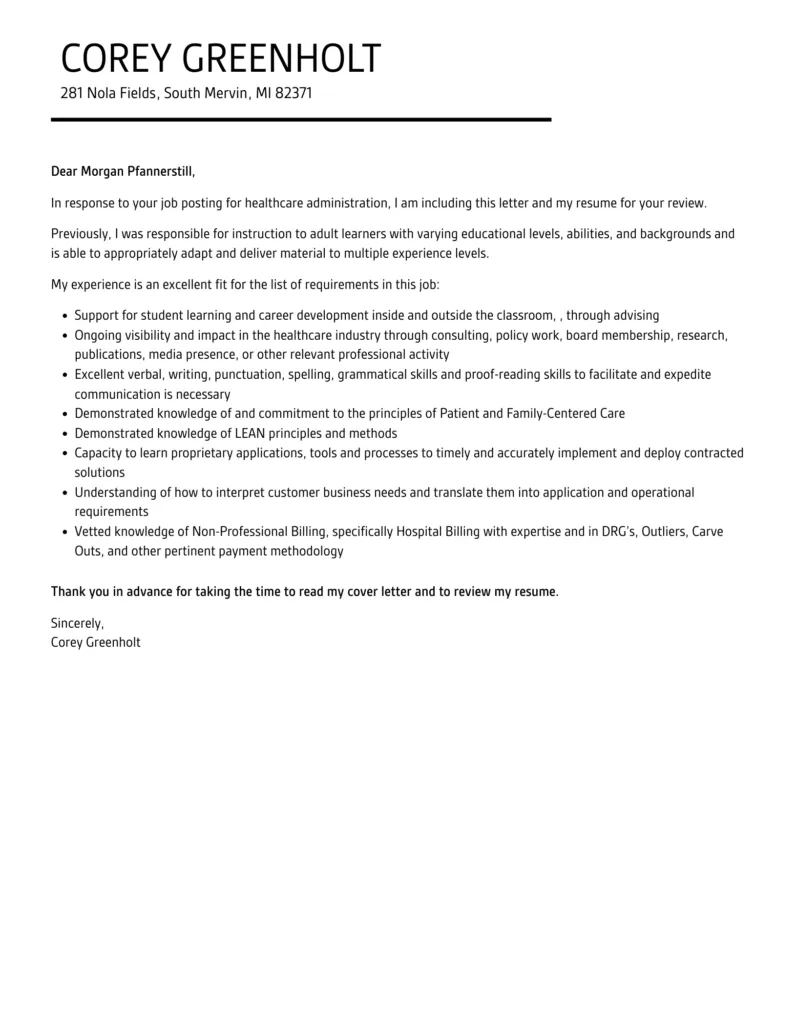
The most successful cover letters are tailored to the specific needs of the employer. Research the organization and the specific role you are applying for to understand their current challenges and priorities. In your cover letter, demonstrate how your skills and experience can address those needs. Show that you understand their goals and have the experience to help them achieve those goals. This shows that you are thinking beyond just getting a job.
Expressing Enthusiasm and Closing the Letter
In your closing paragraph, reiterate your enthusiasm for the position and the organization. Summarize your key qualifications and express your confidence in your ability to contribute to their success. Include a call to action, such as stating that you are eager to discuss your qualifications further in an interview and providing your contact information. Thank the reader for their time and consideration and close with a professional sign-off, such as ‘Sincerely’ or ‘Best regards’.
Formatting and Design Considerations
The formatting and design of your cover letter can greatly impact its readability and professionalism. A well-formatted letter is easy to read and leaves a positive impression on the reader. The wrong formatting can make it difficult for the reader to easily understand your message, even if the message is important. Pay close attention to the layout, font, and overall appearance of your cover letter.
Choosing the Right Font and Layout
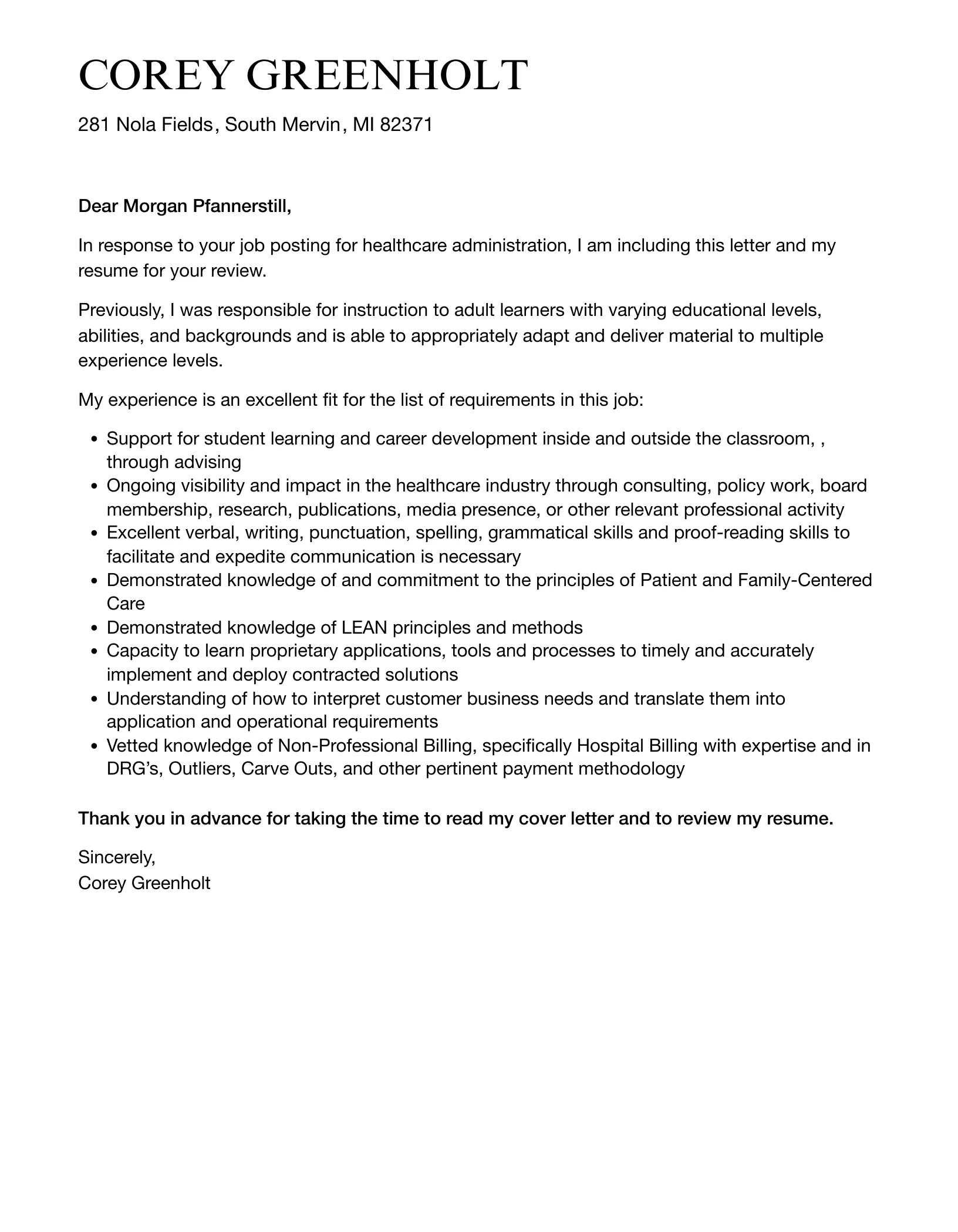
Choose a professional and easy-to-read font such as Times New Roman, Arial, or Calibri. Use a font size between 10 and 12 points. Ensure your layout is clean and organized, with clear headings and subheadings to break up large blocks of text. Use appropriate margins (typically 1 inch on all sides) and single-space your text with a double space between paragraphs. A well-formatted document is easier to read and demonstrates your attention to detail.
Proofreading and Editing Your Letter
Proofreading and editing your cover letter is crucial to ensure that it is free of errors. Before submitting your cover letter, carefully review it for any typos, grammatical errors, or inconsistencies. It’s a good idea to have someone else proofread your letter, as a fresh pair of eyes can often catch mistakes that you may have missed. Errors can damage your credibility and may lead the hiring manager to question your attention to detail.
Common Mistakes to Avoid
Avoiding common mistakes is critical to creating an effective healthcare executive cover letter. These mistakes can undermine your application and may lead to your cover letter being rejected. Be aware of these potential pitfalls and make sure to avoid them.
Generic Language and Lack of Personalization
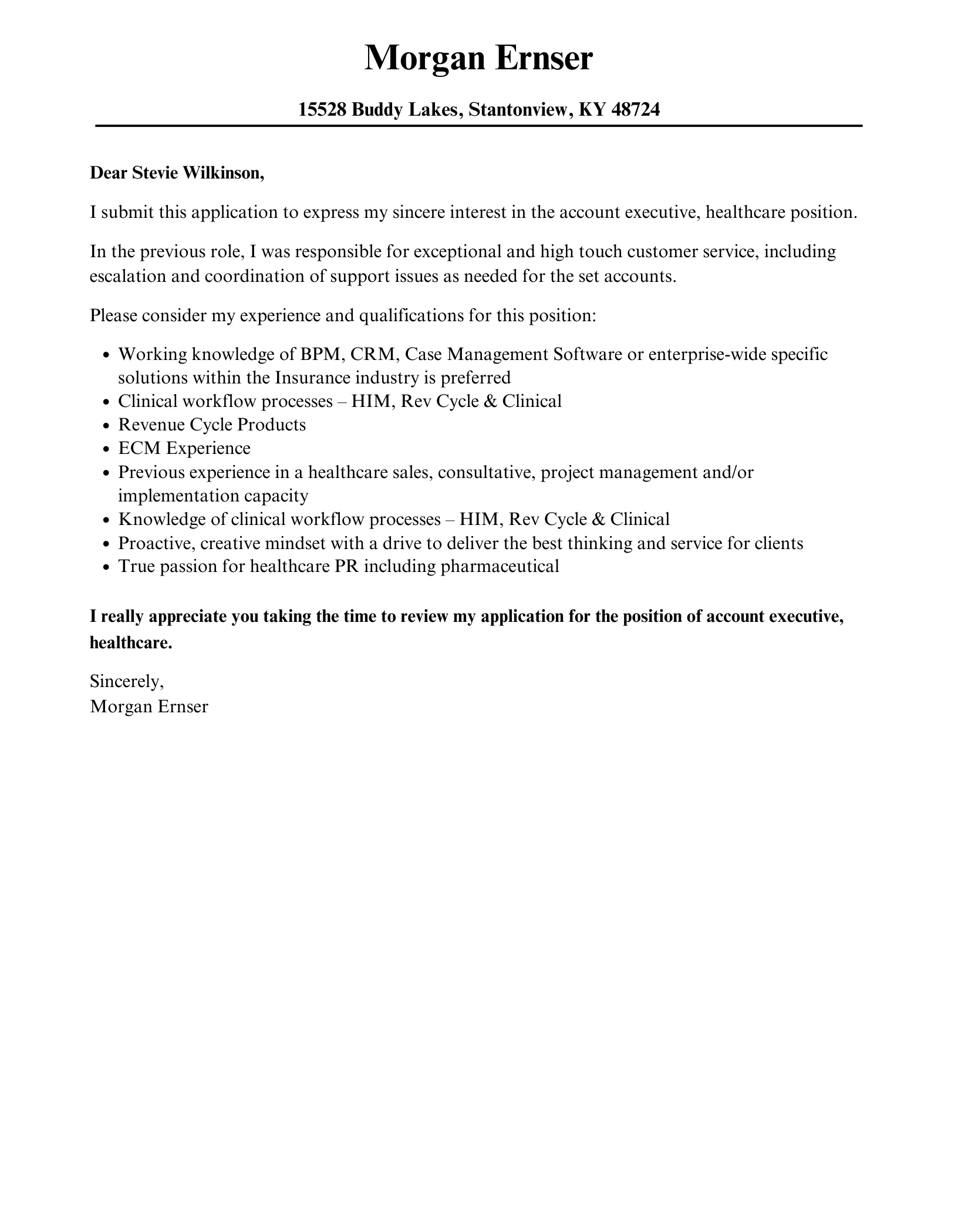
Avoid using generic language or a cover letter that could apply to any job. Tailor your cover letter to the specific role and organization you are applying for. Research the company and customize your letter to reflect your understanding of their mission, values, and needs. Highlight the skills and experiences that are most relevant to the job requirements. Be specific about what you are interested in, not what might be most convenient.
Ignoring the Job Description
Carefully read the job description and address each of the requirements outlined by the employer. Highlight the skills and experiences that match the job requirements and explain how your qualifications align with their needs. Don’t make the mistake of assuming the recruiter knows what you can do, show them. Failing to address the job description is a common mistake that can result in your application being overlooked.
Sending Unprofessional Email Addresses
Make sure your email address is professional. Avoid using informal or unprofessional email addresses that may create a negative impression. A professional email address, such as your full name or initials, is more appropriate for job applications. Having a more formal email address demonstrates your professionalism and attention to detail.
Customizing Your Cover Letter for Each Application
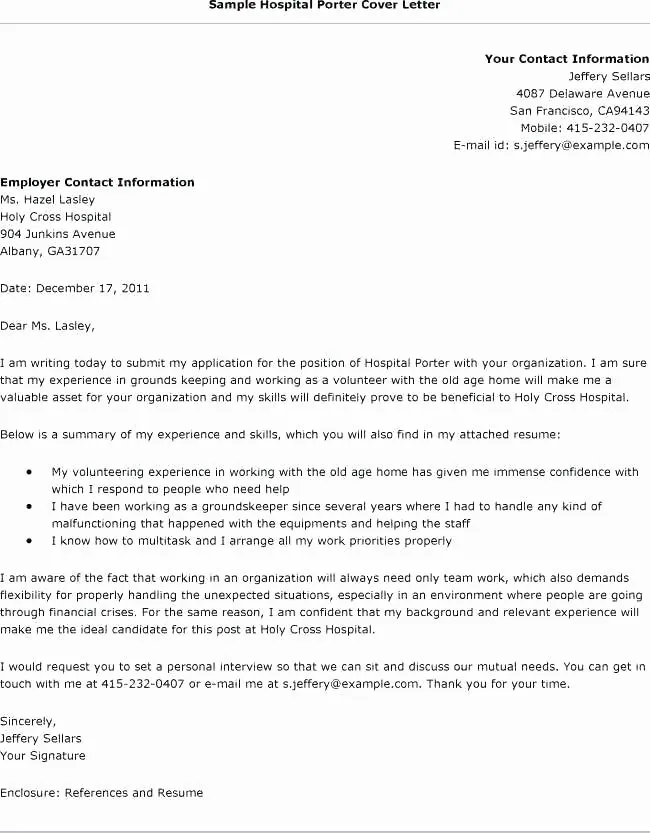
Customizing your cover letter for each application is essential for demonstrating your genuine interest in the position and the organization. A generic cover letter will not impress a hiring manager. You must tailor your letter to each specific job to showcase your qualifications and understanding of the company’s needs. Demonstrate you have spent the time necessary to understand the requirements.
Tailoring Your Letter to the Specific Job
Carefully review the job description and identify the key requirements and responsibilities. Highlight the skills and experiences that match the job requirements and provide specific examples of your accomplishments. Use keywords from the job description to demonstrate your familiarity with the role and the industry. Customizing your letter shows the hiring manager that you have taken the time to understand the position and are a good fit.
Researching the Company and Culture
Before writing your cover letter, research the company’s mission, values, and culture. Understand their current challenges and priorities. Incorporate your knowledge of the organization into your cover letter by demonstrating how your skills and experience can address their needs. Show that you share their values and are passionate about their mission. This level of understanding demonstrates your genuine interest in the position and the organization.
Showcasing Your Unique Value Proposition
Clearly articulate your unique value proposition. What do you bring to the table that sets you apart from other candidates? Highlight your key strengths, accomplishments, and skills. Showcase your ability to add value to the organization. Emphasize the specific contributions you can make to their success. This is what will set you apart from the other candidates.
Tools and Resources for Cover Letter Creation
There are several tools and resources available to help you create a compelling healthcare executive cover letter. Utilizing these resources can make the writing process easier and ensure that your letter is well-written and effective. These tools and resources can improve the quality of your cover letter.
Cover Letter Templates and Examples
Use cover letter templates and examples as a starting point. These resources can provide a basic framework for your letter and help you understand the structure and format. However, remember to customize the template to reflect your own skills, experience, and the specific job requirements. Many websites and career resources offer free cover letter templates that can be downloaded and adapted to your needs. Make sure to personalize it, though!
Professional Cover Letter Writing Services
Consider using professional cover letter writing services. These services can provide expert assistance in crafting a compelling cover letter that highlights your qualifications and experience. Professional writers understand the nuances of the healthcare industry and can help you create a letter that stands out. This is a great way to guarantee your letter’s success, and can provide additional advice in case you want to create your own.
